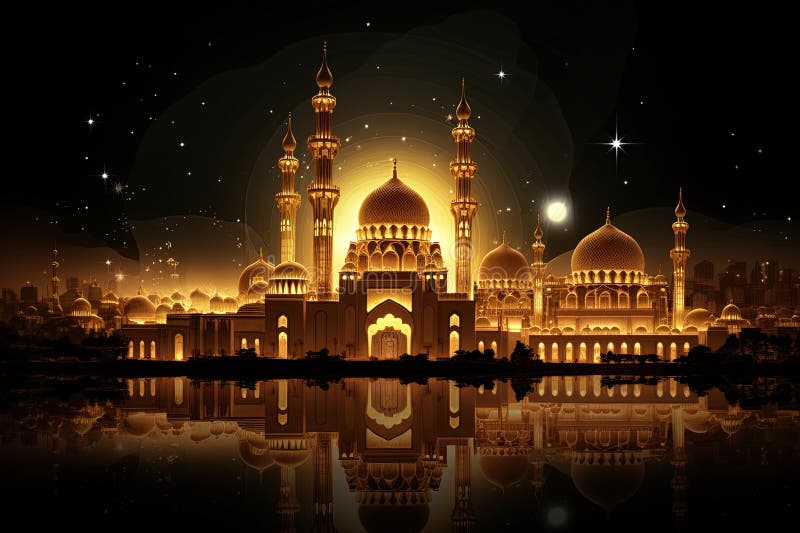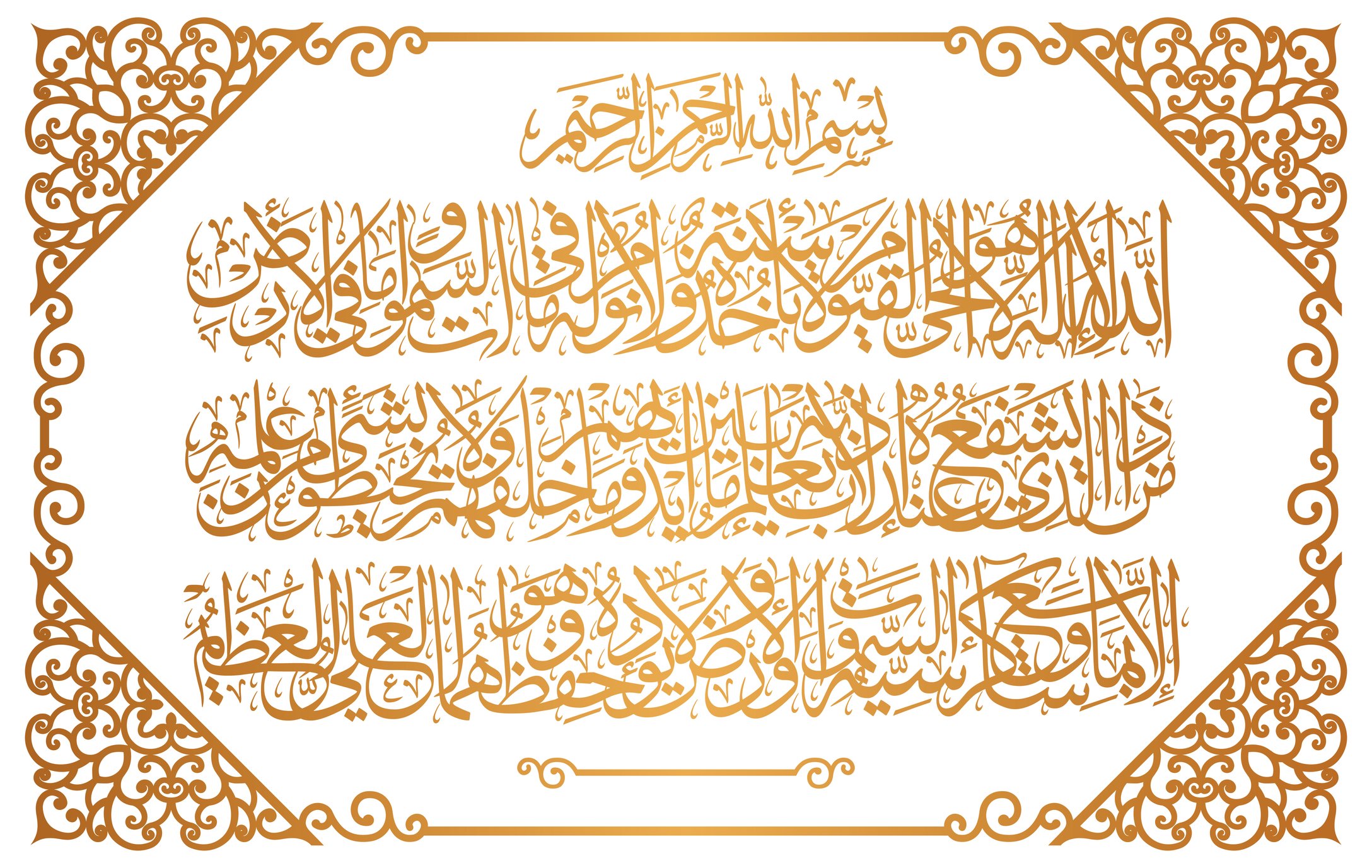Why Mosques Are Adorned with Beautiful Decorations

Mosques, the houses of worship in Islam, are not only functional spaces for prayer but also serve as cultural and architectural marvels. Across the Muslim world, from the grand mosques of Istanbul to the serene structures in Southeast Asia, these buildings are often adorned with an array of beautiful decorations. But why go to such lengths to embellish these sacred spaces? The reasons are manifold, rooted deeply in both religious, historical, and aesthetic values.
Religious Significance of Mosque Decorations

The very essence of mosque decoration begins with the religious significance tied to the act of beautification. In Islam, the adornment of mosques is seen as an act of devotion and reverence towards God. Here are key religious motivations:
- Promoting Piety: Beautiful decorations serve to inspire awe and devotion among the believers. The act of creating and admiring beauty in sacred places is believed to elevate one’s spiritual state.
- Remembrance of God: According to Islamic teachings, the beauty of the world reflects the magnificence of its Creator. Thus, decorating a mosque with intricate designs, calligraphy, and art is a way to honor and remember Allah.
- Tradition of Prophet Muhammad: There are hadiths (sayings of Prophet Muhammad) that encourage beautifying places of worship. For instance, the Prophet himself oversaw the simple yet elegant decoration of the first mosque built in Medina.
🌱 Note: In Islam, while internal adornment is encouraged, over-ornamentation for the sake of ostentation is discouraged, emphasizing modesty and spirituality over luxury.
Historical and Cultural Influences

Over centuries, mosque decorations have been influenced by local cultures, prevailing architectural trends, and the historical interactions of Islamic civilizations with others. Here’s how:
- Byzantine Influence: The grandeur of Byzantine architecture, especially its mosaic art, influenced early mosque decorations, evident in places like the Hagia Sophia.
- Persian Art: Persian art, with its love for poetry, floral motifs, and calligraphy, has significantly shaped the aesthetic of mosques in the Persianate world.
- Ottoman Decoration: The Ottoman Empire’s extensive rule over diverse regions led to a unique blend of decoration styles, incorporating calligraphy, Iznik tiles, and marble inlay work.
- Indo-Islamic Architecture: In India, mosque architecture merged with local traditions, leading to an exquisite combination of Islamic and Hindu decorative elements.
| Region | Influence |
|---|---|
| Andalusia (Spain) | Islamic architecture blended with Moorish geometric designs and Christian Gothic elements |
| Middle East | Extensive use of calligraphy, arabesques, and geometric patterns |
| South Asia | Combination of Islamic elements with local styles like Jali work |

💡 Note: Each region’s unique contributions to mosque decoration reflect the diverse tapestry of Islamic culture.
Aesthetic Elements in Mosque Decoration

Mosques are adorned with various aesthetic elements, each with its own symbolic and decorative value:
- Calligraphy: The Arabic script, particularly Quranic verses, is often seen as a divine art form, used to decorate walls, domes, and surfaces within mosques.
- Geometric Patterns: Representing the infinite nature of God, these patterns create complex, interlocking designs symbolizing the universe’s order.
- Arabesques: Flowing, plant-like designs that symbolize the rhythm and flow of life, often complementing the mosque’s solemnity.
- Tiles and Ceramics: Vivid tiles from regions like Iznik in Turkey or Iran provide color, texture, and a sense of cultural identity to the mosque interiors.
- Stained Glass: Illuminating the mosque with bursts of light, stained glass windows create a spiritual ambiance by casting colorful shadows.
- Mosaics: From the Umayyad Mosque in Damascus to the Shah Mosque in Isfahan, mosaics tell stories and add a visual richness to mosque spaces.
These elements are not just decorative; they serve to immerse the worshipper in an environment of beauty that reflects the spiritual depth of Islamic faith.
Summarizing, the practice of adorning mosques with beautiful decorations is deeply ingrained in Islamic faith and tradition. It reflects a dedication to divine reverence, cultural amalgamation, and a pursuit of aesthetic expression that enriches the spiritual experience of Muslims worldwide. The intricate designs, the meticulous craftsmanship, and the symbolic meanings behind each decorative element create an environment where faith, art, and architecture coalesce to celebrate the magnificence of the Creator.
What is the importance of calligraphy in mosque decoration?

+
Calligraphy in mosque decoration is not merely an art form but a profound expression of faith. It allows the recitation of the Qur’an through visual representation, making divine words a part of the spiritual environment of worship.
Why are geometric patterns so prevalent in Islamic art?

+
Geometric patterns represent the infinite nature of God and the order within creation. They are prevalent because they can symbolize divine perfection without depicting any form, adhering to the Islamic avoidance of representational art in sacred spaces.
Do different regions have their own styles of mosque decoration?

+
Yes, regional influences play a significant role in mosque decoration. Each area brings its cultural, historical, and artistic traditions into the design, creating a rich diversity of styles in Islamic architecture worldwide.



